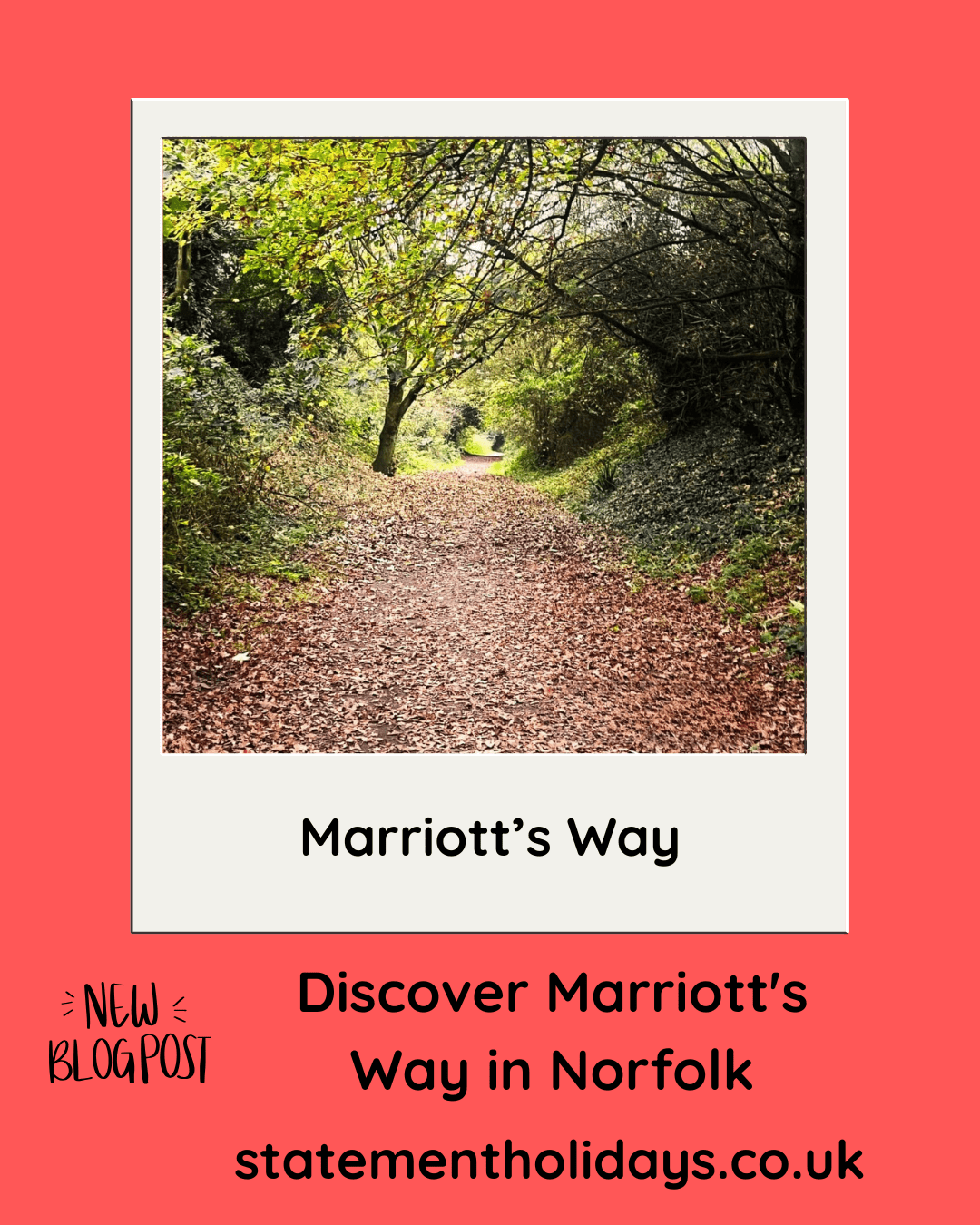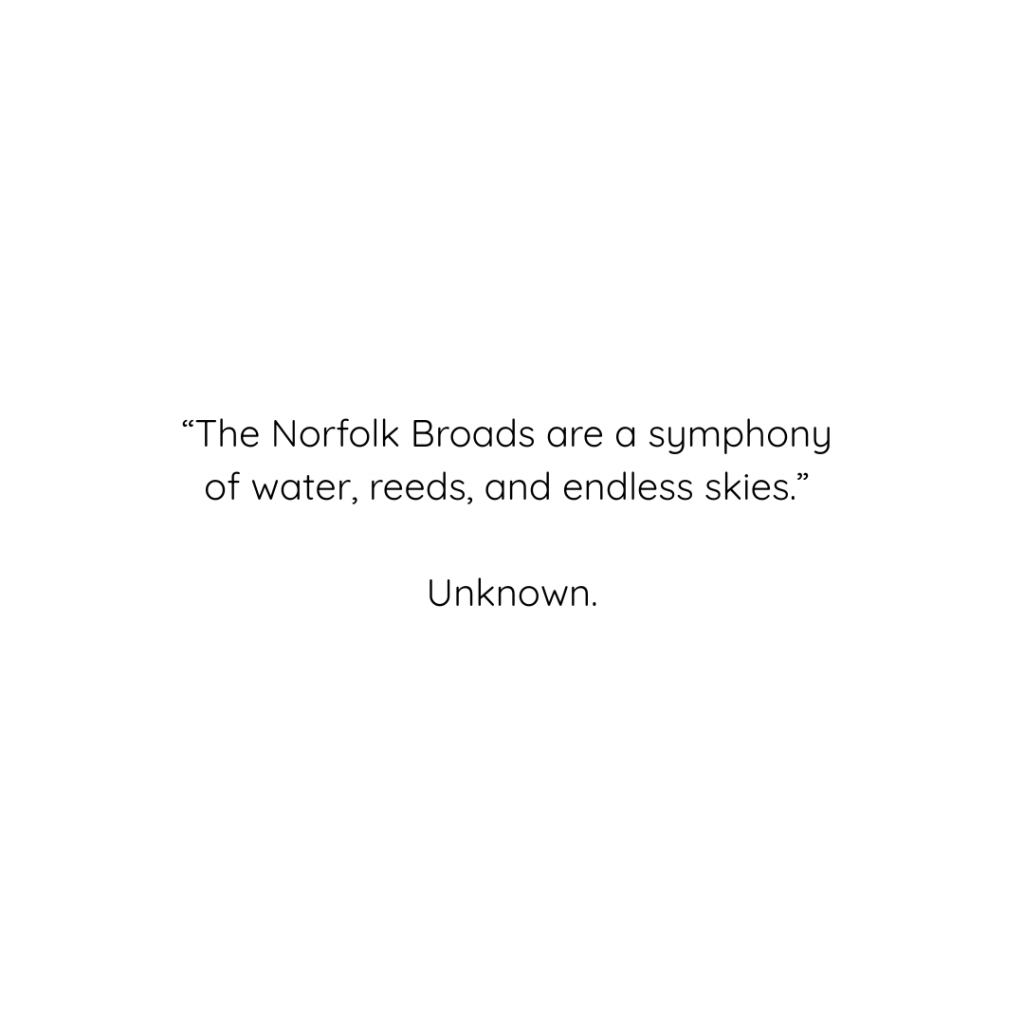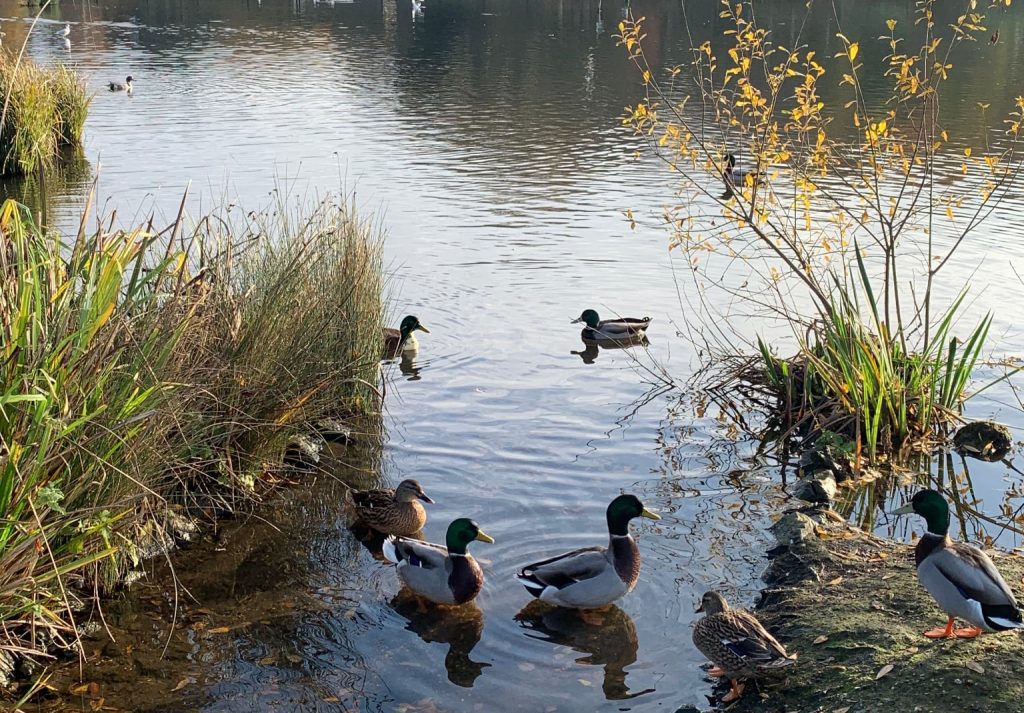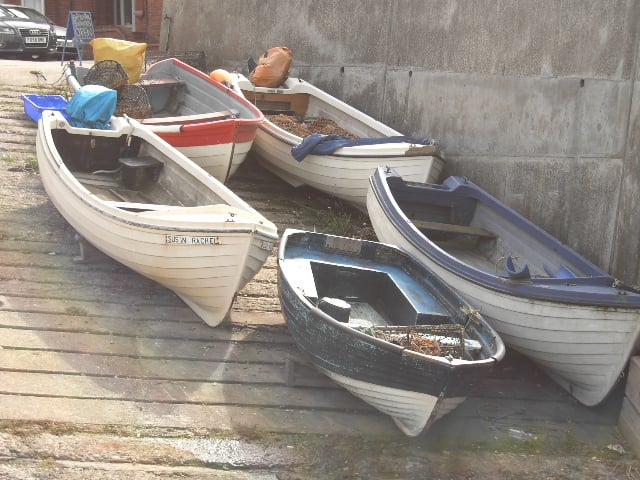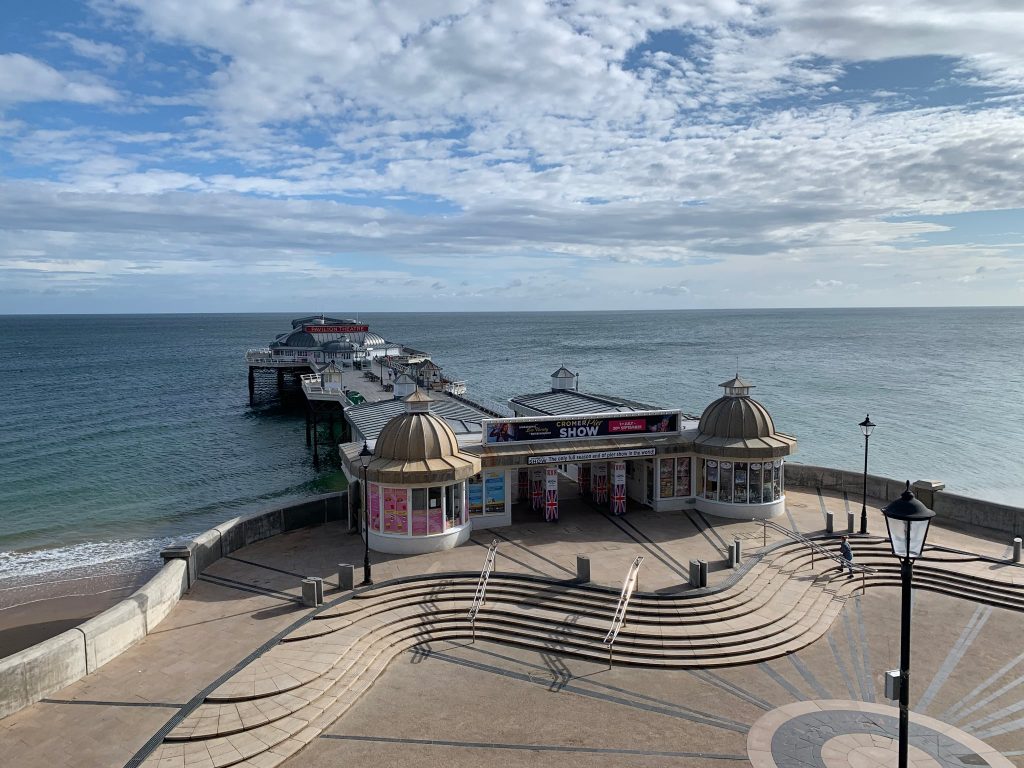Imagine a pathway that seamlessly blends history, nature, and adventure. Welcome to Marriott’s Way, one of Norfolk’s hidden treasures. Whether you’re a walker, cyclist, or nature lover, this 26-mile trail offers something for everyone. From its fascinating history to its vibrant wildlife, Marriott’s Way is the perfect destination for a day out or even a weekend of exploration.
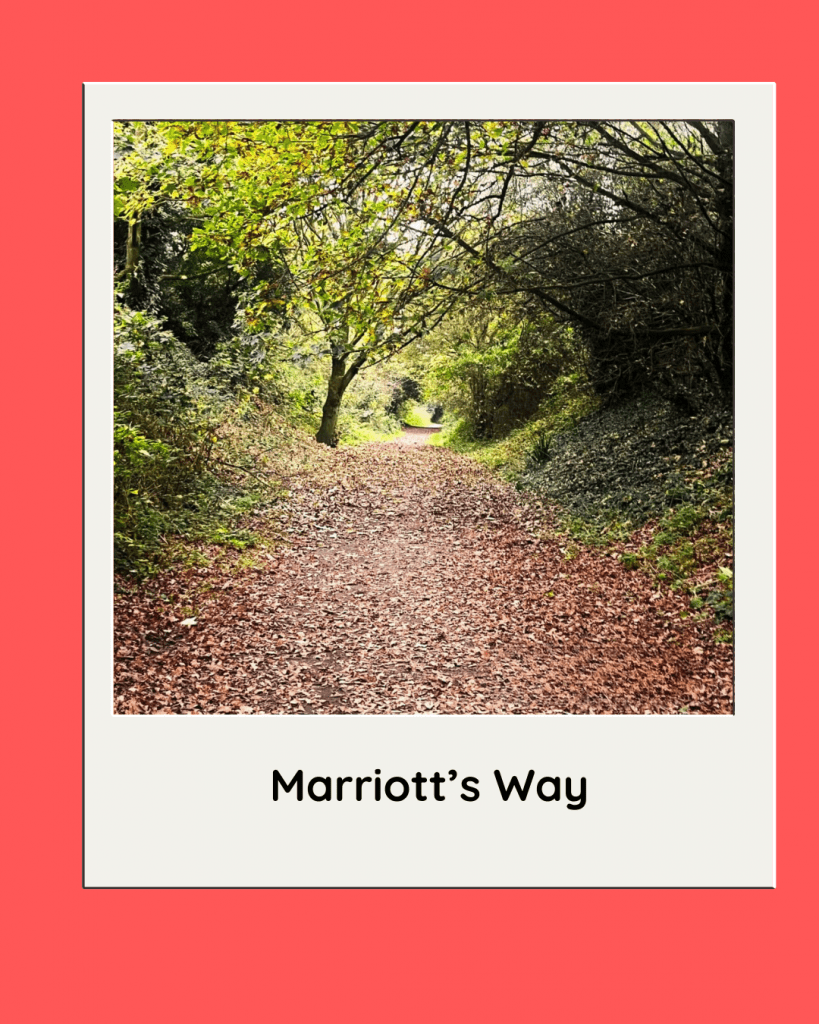
What Is Marriott’s Way?
Marriott’s Way is a 26-mile (42 km) path that follows the route of two disused railway lines. It connects the city of Norwich to the market town of Aylsham, passing through serene countryside, charming villages, and wooded areas along the way. Designed for both walkers and cyclists, the path offers a safe, traffic-free environment to enjoy the great outdoors.
But Marriott’s Way is more than just a walking trail. It’s a place where history, nature, and community meet, offering a unique experience to those who explore its scenic routes.
Where Is It?
Marriott’s Way begins at Barn Road in the heart of Norwich and ends at the Bure Valley Heritage Railway Station in Aylsham. The path winds through some of Norfolk’s most picturesque locations, including the villages of Drayton, Taverham, and Reepham, offering plenty of opportunities to stop and soak in the beauty of the area.
If you’re planning to tackle the entire 26 miles, you’re in for a rewarding adventure. However, the path is also easily accessible at multiple points, making it ideal for shorter visits too.
The History of Marriott’s Way
Marriott’s Way takes its name from William Marriott, the chief engineer and manager of the Midland and Great Northern Railway for 41 years. Originally, the route was used as part of the railway network that connected Norfolk’s towns and villages to one another in the late 19th and early 20th centuries.
After the decline of rail transport, the line was closed in the 1960s, but its legacy lives on. Today, Marriott’s Way is a stunning example of how disused infrastructure can be repurposed to benefit the community. It stands as a tribute to Norfolk’s industrial past whilst providing a vibrant space for leisure and conservation.
What Can You Do on Marriott’s Way?
Marriott’s Way has something for everyone:
Walking and Hiking
The path is perfect for walkers, from casual strollers to seasoned hikers. Whether you want to enjoy a leisurely morning walk or take on the challenge of completing the entire 26 miles, Marriott’s Way offers a variety of experiences. Along the way, you’ll find quaint villages, beautiful countryside, and architectural remnants of railway history to explore.
Cycling
Cyclists love Marriott’s Way for its well-maintained, traffic-free surface. The route is suitable for all cycling abilities, whether you’re a family with kids or a solo cyclist looking for a longer ride. Bring your bike and enjoy the fresh Norfolk air as you pedal through the countryside.
Wildlife Watching
Marriott’s Way is teeming with wildlife. Keep an eye out for deer, rabbits, owls, and even otters along the riverbanks. The trail is also a haven for birdwatchers, with species such as kingfishers, grey herons, and buzzards regularly spotted.
Family-Friendly Activities
Families can enjoy the trail as a safe place for kids to roam, cycle, or even explore geocaching opportunities. The flat terrain makes it accessible for pushchairs too, so no one has to miss out.
Wildlife Along Marriott’s Way
Nature lovers will feel right at home on Marriott’s Way. The path cuts through a variety of habitats, including woodlands, grasslands, and wetlands, offering plentiful opportunities to observe Norfolk’s diverse flora and fauna.
During spring and summer, wildflowers such as cow parsley and foxglove add bursts of colour to the trail. If you’re lucky, you might catch a glimpse of a rare butterfly or dragonfly flitting by.
For those interested in conservation, Marriott’s Way is an important habitat for many species. It’s not just a walking route; it’s a thriving corridor of biodiversity.
Planning Your Visit
Where to Park
Marriott’s Way has several car parks located along its length, making it easy to access the trail. Popular starting points include:
- Norwich (Barn Road): Perfect for those looking to begin their adventure from the city.
- Drayton: A convenient mid-point with parking and nearby shops.
- Reepham: Ideal if you want to explore a charming village while on the trail.
Facilities
While the trail itself is natural and unspoiled, there are several facilities to make your visit more enjoyable:
- Benches and Picnic Areas: Scattered along the route, offering spots to rest or have a quick snack.
- Cafes: Villages like Reepham have local cafes that provide excellent coffee, cakes, and light lunches. Stop by The Dial House in Reepham for a cosy meal.
- Pub Stops: Look out for traditional pubs along the way, such as The King’s Head in Bawdeswell.
Time and Distance
- Walking the entire route can take 8–10 hours, depending on your pace.
- For cyclists, it’s possible to cover the full 26 miles in about 4–5 hours.
If you’re not up for completing the full trail, shorter sections can be just as rewarding. Choose a section near a village or landmark that interests you and explore at your own pace.
Interesting Landmarks
- Whitwell Station (near Reepham): A restored railway station with an on-site café and historical displays.
- Aylsham Market Place: Explore this quaint market town at the end of the trail and treat yourself to some local delicacies.
- The Wensum River (near Norwich): A beautiful spot for photos and birdwatching.
Embark on Your Marriott’s Way Adventure
Marriott’s Way is more than just a trail. It’s a gateway to Norfolk’s rich history, stunning landscapes, and flourishing wildlife. Whether you’re a walker, cyclist, or nature enthusiast, this trail promises a memorable experience filled with discovery and beauty.
Why not plan your visit today? Lace-up your walking boots, grab your bike, or simply pack a picnic and immerse yourself in everything Marriott’s Way has to offer. Adventure is waiting just around the corner.
Further Reading: Bird Watching Holidays in North Norfolk, Discover Weavers’ Way Norfolk: A Scenic Adventure for Walkers, Cyclists, and Nature Lovers
Information: Norfolk County Council – Marriott’s Way
